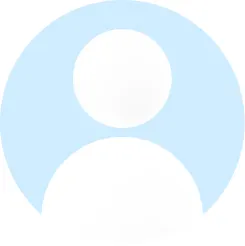Deep AI

Updated On September 24, 2025

Deep AI
Visit Site

Pros
- Powerful data processing and analysis capabilities
- Accurate predictions and learning from large datasets
- Wide range of applications in diverse industries
Pros






